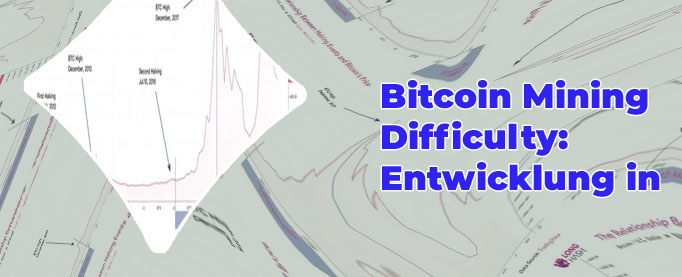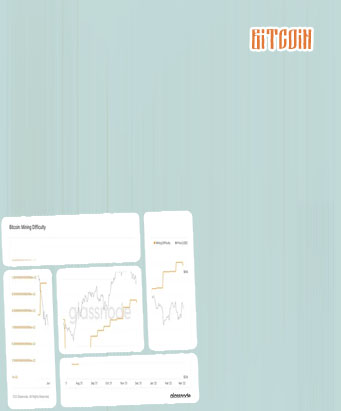
Bitcoin difficulty target
Understanding the concept of Bitcoin difficulty target is crucial for anyone interested in cryptocurrency mining. This parameter determines how difficult it is to find a new block on the Bitcoin blockchain, affecting miners' profitability and the overall network security. To delve deeper into this topic, here are three articles that provide valuable insights into Bitcoin difficulty target:
Die Bedeutung des Bitcoin-Schwierigkeitsziels für Miner

The Bitcoin difficulty target plays a crucial role in the mining process in Germany. As a key parameter in the Bitcoin network, the difficulty target adjusts every 2016 blocks to ensure that new blocks are mined approximately every 10 minutes. This adjustment is essential for maintaining the security and stability of the network, as it prevents miners from overpowering the system and creating blocks too quickly.
For miners in Germany, the difficulty target directly impacts their mining profitability. When the difficulty target is high, it becomes harder for miners to solve complex mathematical problems and validate transactions, leading to lower mining rewards. Conversely, when the difficulty target is low, miners have a higher chance of successfully mining a block and earning more rewards.
In a country like Germany, where energy costs can be relatively high, the Bitcoin difficulty target becomes even more significant. Miners need to carefully consider the difficulty target and its impact on their mining operations to ensure they remain profitable in the long run.
Feedback from a resident of Berlin, Hans Müller, highlights the importance of the Bitcoin difficulty target for miners in Germany. He emphasizes the need for miners to stay informed about changes in the difficulty target and to adapt their mining strategies accordingly to remain competitive in the market. Hans Müller also suggests that miners consider investing in energy-efficient mining equipment to mitigate
Wie das Bitcoin Schwierigkeitsziel berechnet wird

Bitcoin mining is a complex process that involves solving mathematical problems in order to validate transactions on the blockchain. One crucial aspect of this process is the difficulty target, which determines how hard it is to find a valid hash for a new block. In Germany, the difficulty target for Bitcoin is calculated every 2016 blocks, or roughly every two weeks.
The difficulty target is adjusted based on the total hashing power of the network. If there are more miners competing to solve blocks, the difficulty target will increase to ensure that blocks are mined at a consistent rate. Conversely, if there are fewer miners, the difficulty target will decrease to make it easier to find a valid hash.
This adjustment mechanism helps to maintain the security and stability of the Bitcoin network. By ensuring that blocks are mined at a consistent rate, it prevents the network from becoming too congested or too sparse. This is important for all users of Bitcoin, as it ensures that transactions are processed in a timely manner and that the network remains secure against potential attacks.
In conclusion, understanding how the Bitcoin difficulty target is calculated is essential for anyone involved in Bitcoin mining or transactions. By staying informed about this process, users can better understand the inner workings of the Bitcoin network and make more informed decisions about their involvement in the cryptocurrency space.
Auswirkungen des Bitcoin-Schwierigkeitsziels auf die Kryptowährungsmarkt

The difficulty target refers to the level of complexity required to mine a new block <a href"/">Anlass in the Bitcoin blockchain.